Leptic 0.5 mg Tablet for Panic Disorder and Seizure Treatment
Leptic 0.5 mg is a medication used to treat panic disorder, whether it occurs with or without agoraphobia. Panic disorder is characterized by unexpected panic attacks and the worry about experiencing more of these episodes, along with concerns about their implications or consequences.
Leptic is also indicated for the treatment of Lennox-Gastaut Syndrome (petit mal variant), akinetic seizures, and myoclonic seizures. It may be used in patients with absence seizures (petit mal) who have not responded to succinimides.
While Leptic is effective, its long-term use beyond 9 weeks has not been extensively studied in controlled clinical trials. Therefore, physicians should periodically reassess its suitability for each patient.
Dosage Information:
Adults with Seizure Disorders: Start with 1.5 mg per day, divided into three doses. The dosage can be increased by 0.5 to 1 mg every three days until seizures are adequately controlled or until side effects prevent further increases. The maximum daily dose is 20 mg.
Adults with Panic Disorder: Begin with 0.25 mg twice daily. After three days, increase to 1 mg per day as needed.
Pediatric Patients: For infants and children up to 10 years or 30 kg, the dosage is 0.01 to 0.03 mg/kg/day, not exceeding 0.05 mg/kg/day, split into multiple doses.
Administration:
Intravenous Injection: For children, administer 0.5 mg via slow IV injection or infusion. For adults, use 1 mg via slow IV injection or infusion, with the option to repeat if necessary (typically 1-4 mg). Ensure a controlled IV rate of 0.25 to 0.5 mg per minute (equivalent to 0.5-1.0 ml of the solution), and do not exceed a total dose of 10 mg.
Side Effects:
The most common side effects of Leptic are related to central nervous system (CNS) depression. Drowsiness occurs in approximately 50% of patients, while ataxia occurs in about 30%. Behavior problems have been reported in approximately 25% of patients. Other potential side effects include abnormal eye movements, aphonia, coma, tremor, vertigo, confusion, depression, amnesia, hallucinations, hysteria, increased libido, insomnia, psychosis, and palpitations.
Contraindications:
Leptic should not be used in patients with a history of hypersensitivity to benzodiazepines or those showing clinical or biochemical signs of significant liver disease. It can be administered to patients with open-angle glaucoma who are receiving appropriate treatment but should not be used in cases of acute narrow-angle glaucoma.
Special Considerations:
Leptic does not alter the pharmacokinetics of phenytoin, carbamazepine, or phenobarbital. However, its effect on the metabolism of other drugs remains unexplored. It is recommended that women taking Leptic should avoid breastfeeding. If intravenous infusion is used, the solution should be diluted with at least 85 ml of diluting media, such as sodium chloride 0.9%, sodium chloride 0.45% + glucose 2.5%, glucose 5%, or glucose 10%. These mixtures remain stable for 24 hours at room temperature. Infusion bags other than PVC should be used, and the mixture should be infused immediately or within 4 hours if PVC bags are used.

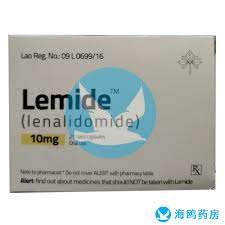
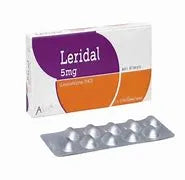
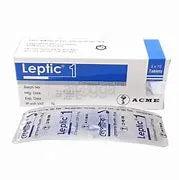
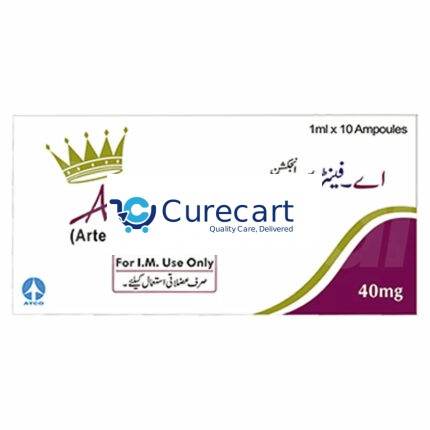

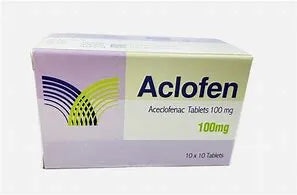

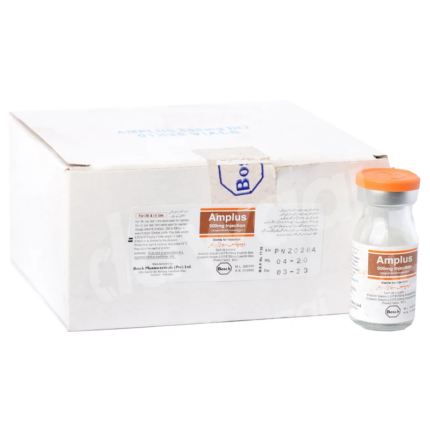
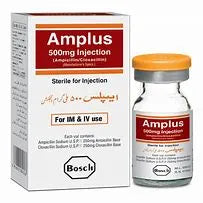
Reviews
There are no reviews yet.